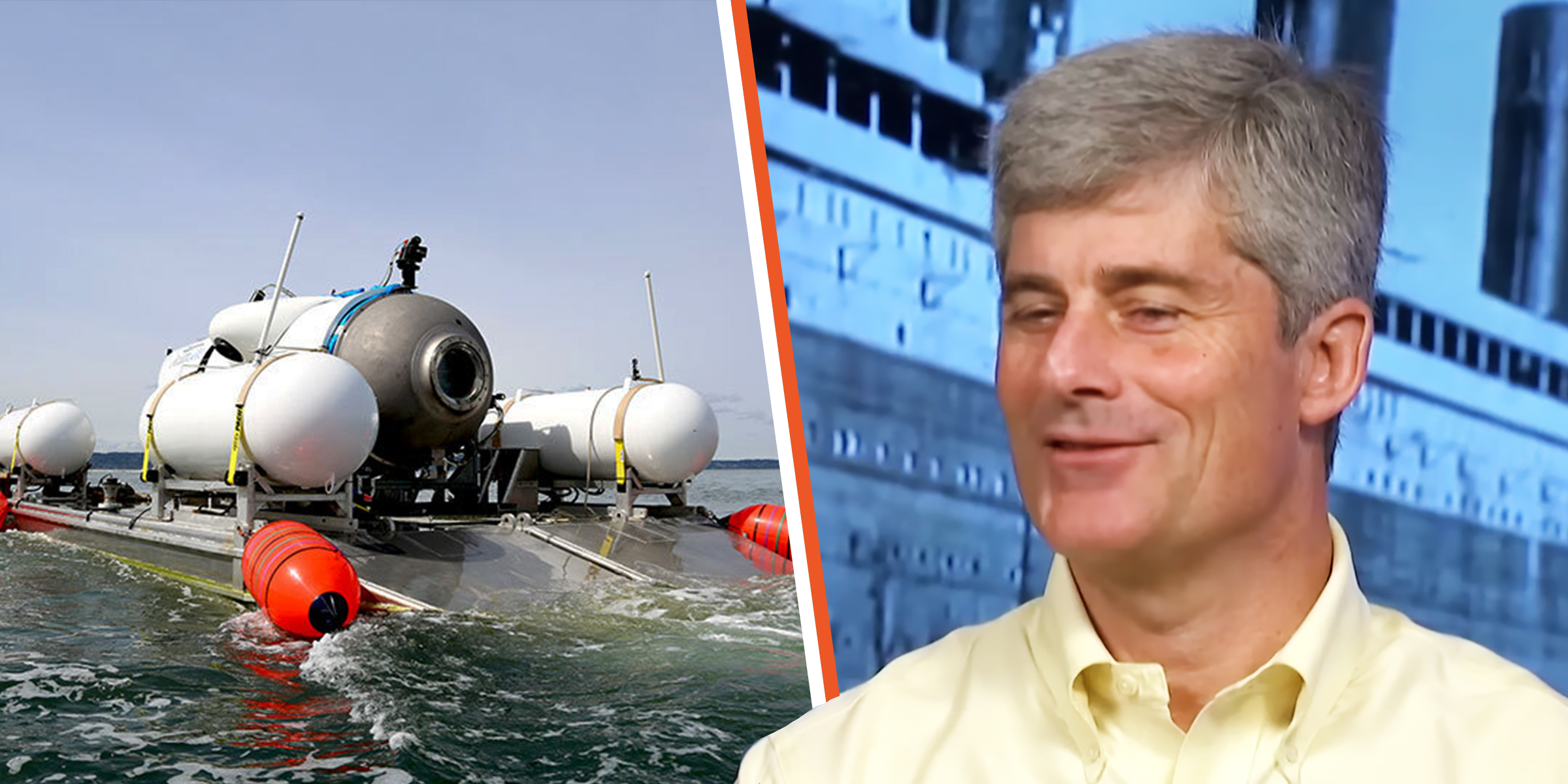
Missing Sub's CEO Was Warned Expedition Could End in Catastrophe - Now among Crew Trapped in Ocean
- The CEO of the missing submarine, Titan, was reportedly warned that the journey might be dangerous.
- Deciding to disregard the warnings, the CEO went ahead with the mission.
- The Coast Guard is warning that despite their best efforts, they may not be able to save the sub.
With the missing submersible on many people's minds, more details about the passengers and the mission itself are being revealed. Most recently, experts have come out of the woodwork, declaring that they had warned the OceanGate CEO, Stockton Rush, about the craft's sturdiness in the past.
A slew of experts in a myriad of fields, including oceanographers, submersible company executives, and experienced deep-sea explorers, had reportedly warned Rush about his low chances of success with the current design of his craft.
Many of these experts claimed that Rush and his company, OceanGate, didn't ensure the Titan followed standard certification procedures, and the craft's condition wasn't up to snuff, according to The New York Times. The warnings mentioned that the craft could suffer any sort of damage, and while some may be minor, it could result in catastrophic failure.
What Are the Titan's Odds?
Nonetheless, Rush decided not to heed the warnings issued to him years prior to the launch of the Titan. After starting their journey, the craft did indeed malfunction, prompting numerous rescue efforts from the U.S. Coast Guard Station in Boston.
After the Titan lost contact with the mothership, panic slowly started to spread. Soon, the OceanGate team realized something had gone terribly wrong. Although the vessel lost contact at 9:45 a.m. on Sunday, OceanGate allegedly did not report the incident to the Coast Guard until 5:40 p.m.
After the Coast Guard was contacted, they assessed the situation and made a public statement, declaring that they would try their best to find the Titan before their air supply ran out. They also noted that the vessel only had about 40 hours of breathable air left when the search for the craft began.
Other complications could also put the passengers of the craft at risk. Captain Jamie Frederick of the U.S. Coast Guard admitted that the search could take a long time, and there was no guarantee that they could get the craft out of the water in time even if they did manage to locate it.
If they did manage to locate the craft, the rescue teams still had to wait for the specialized rescue equipment to arrive on-site. Captain Frederick commented on their rescue efforts, "We will do everything within our power to effect a rescue."
Who Did Stockton Rush Hire for the Project?
Before the project launched, Rush opened up about his hiring process. He spoke about numerous aspects of his plan. noting that he preferred the team responsible for the Titan project to be younger and "inspirational," as opposed to ex-military, "50-year-old" sub-operators with years of experience.
Although the sub-operators are young with limited hands-on experience in their field, Rush and the rest of OceanGate put them through extensive training in piloting submarines. Nonetheless, Rush did confess there were others with much more experience. However, he opted for a younger, diverse team.
Rush claimed he felt it was important for the team and passengers to come from "different backgrounds," noting that if they were to spend eight days together in a confined space, analyzing the region around the wreck of the Titanic, he preferred people to have different views on life.
